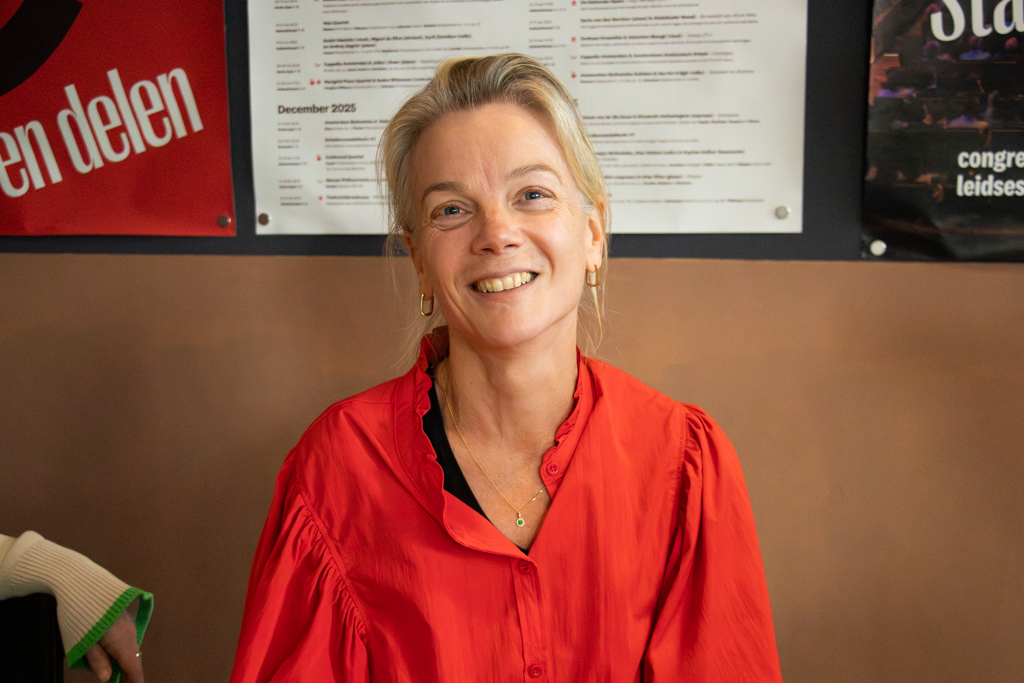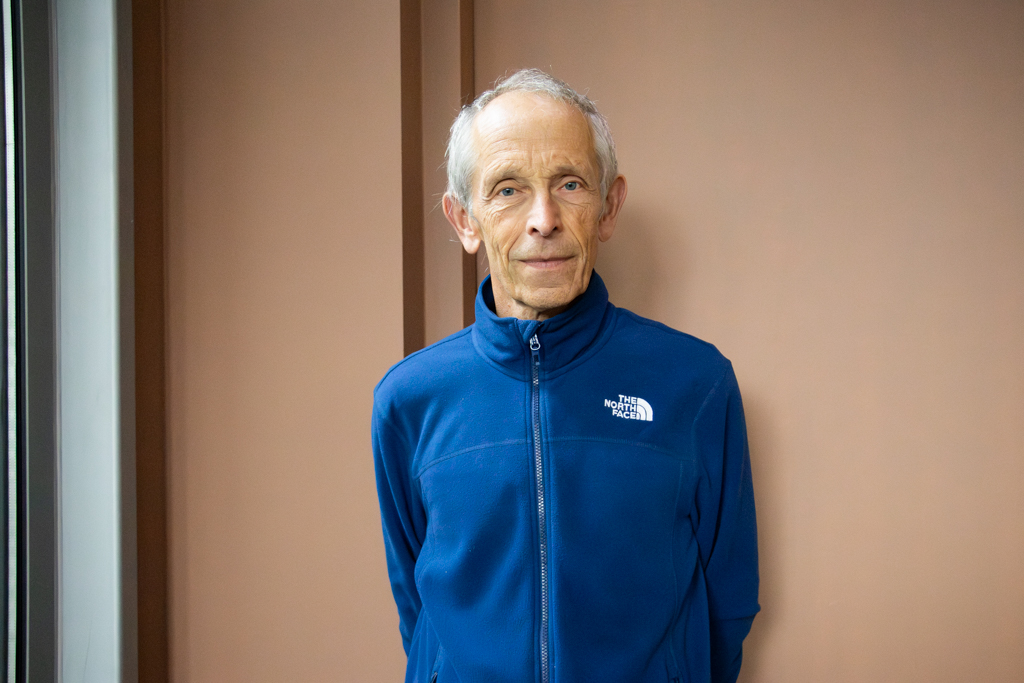From historical understandings to new treatments: during the Public Day of the Leiden Institute for Brain & Cognition, curious visitors learned how rapidly research into brain disorders is evolving. 'I found the neurosurgery and the research on organoids on chips particularly fascinating.'
Last Friday, the purple theatre seats of the Stadsgehoorzaal filled with people interested in brain research. It was once again time for the LIBC Public Day, an annual event designed to make research findings in the field of brain and cognition accessible to a broad audience. This year's theme highlighted hopeful developments in the understanding and treatment of brain diseases. From new scientific insights to promising therapeutic approaches, it was all covered.

Marjolein attended together with fellow physiotherapists from Raamwerk. 'Our work focuses mainly on people with brain injuries. That's why we're here: to learn more about the research behind it. Our profession is deeply connected to the brain, and it's inspiring to spend a day learning in a different context and then immediately link that knowledge back to our clients.'
From past to present: rapid advances in brain research
The day began with a journey through time. Dr Mieneke te Hennep explained how people used to think about the brain and brain diseases. A live demonstration of a neurological examination, using MRI and EEG, illustrated just how significant technological progress has been in this field.
That progress became even clearer when Professor Willeke van Roon-Mom explained how a type of molecular 'plaster' can now be used to treat certain rare genetic brain disorders.







